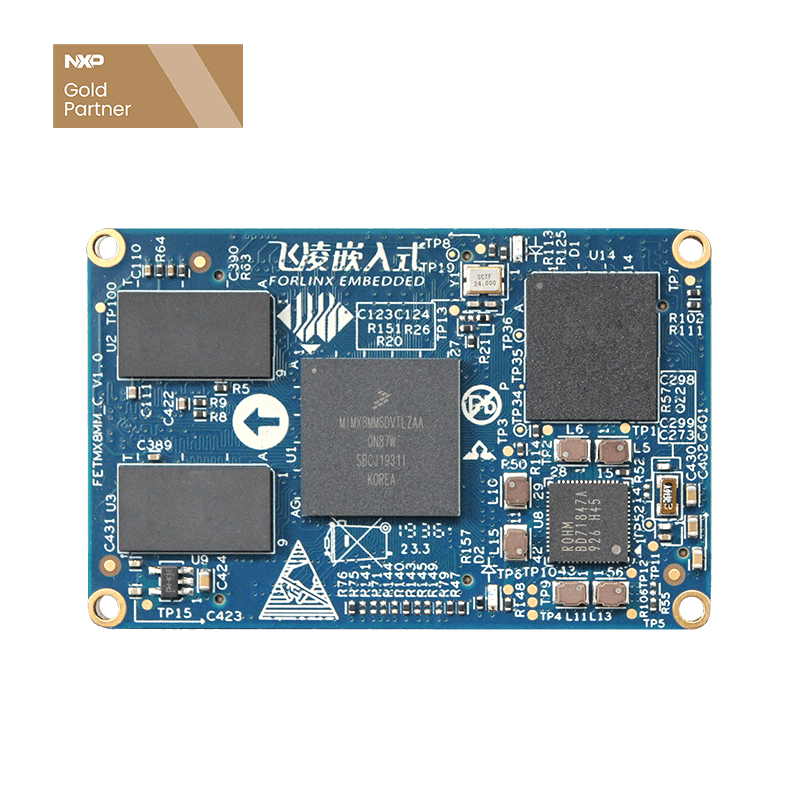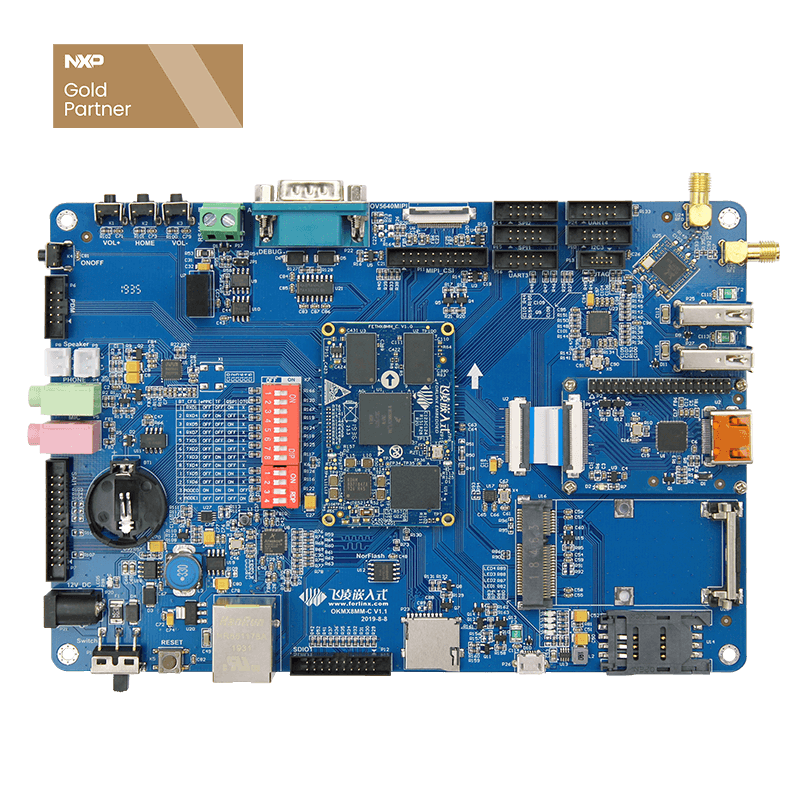
Application Scheme of Blood Cell Analyzer Based on FETMX8MM-C SoM
A blood cell analyzer is one of the widely used instruments in clinical laboratory testing in hospitals. It classifies white blood cells, red blood cells, and platelets in the blood using the resistance method. It can also provide data related to blood such as hemoglobin concentration and hematocrit. In clinical applications, it can be used for white blood cell counting, neutrophil counting, lymphocyte counting, red blood cell counting, and other clinical tests. It is an important reference for doctors to diagnose patients' conditions.
Function requirements
- Detection parameters: The instrument should be able to detect common blood parameters including red blood cells, white blood cells, platelets, hemoglobin, and white blood cell differentials.
- Sample handling: The instrument should be capable of automated sample loading, sample distribution, cleaning, and waste disposal.
- Accuracy: The instrument should have high measurement accuracy and repeatability to meet clinical diagnostic requirements.
- Usability: The instrument should have a user-friendly interface that is easy to operate, allowing laboratory personnel to use it with ease.
- Data analysis: The instrument should have the capability to automatically generate test reports and perform basic data analysis based on the test results.
Application Scheme of Blood Cell Analyzer Based on FETMX8MM-C SoM featuring NXP's i.MXProcessor
Hardware design requirements
- Controller: A high-performance microprocessor is used as the main controller of the instrument, which is responsible for realizing various control logic and data processing.
- Power supply module: Use a stable power supply module to ensure consistent instrument performance in various environmental conditions.
- Detection Module: According to the blood indexes to be detected, design the corresponding detection module, such as optical detection module, electrical detection module, etc.
- Detection Module: According to the blood indexes to be detected, design the corresponding detection module, such as optical detection module, electrical detection module, etc.
- Human-computer interaction: Use a touch screen as the operation interface, which is convenient for laboratory staff to use. At the same time, it has a printing function, which can print out the test results.
- Data storage: Data can be stored through built-in memory chip and SD card.
Design scheme
For the functional characteristics of the blood analyzer, Forlinx Embedded recommends the FETMX8MM-C system on module as the hardware development platform, which is equipped with ARM Cortex-A53*4+Cortex-M4 processor with 1.8GHz main frequency. It supports LPDDR4 and eMMC storage to configure the appropriate memory and flash on demand.
i.MX8MM SoM With multiple interfaces:
- It includes display interface, supports external screens of various specifications and sizes, and is compatible with resistive capacitive touch, providing excellent human-computer interaction experience.
- USB interface is convenient to connect external devices, such as U disk, mouse, WiFi, 4G, printer, etc.
- The network interface includes 10/100/1000M Ethernet, 4G module and WiFi module to realize efficient communication with hospital HIS and laboratory information system LIS.
- The SPI bus is used to extend the FPGA to support various applications such as motor control, gate valve control, and AD sampling.
- The serial port is used to communicate and control with the bar code machine, the lower electromechanical structure and other equipment.
- For external storage, TF and SD cards are supported for storing computing data, analyzing results, and so on.
The FETMX8MM-C Core board has a wide range of applications in the medical field, providing high-performance and multi-functional processing power for medical devices, and helping to realize a smarter and more convenient medical information system.



